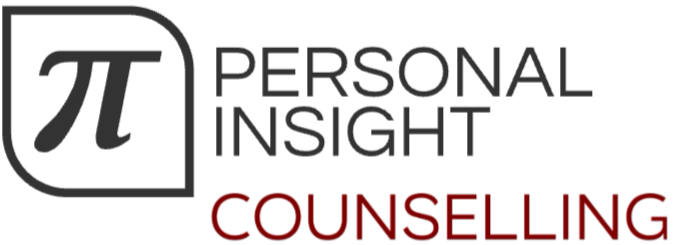More and more clients are asking for CBT, one of the multiple modalities that I offer.
In my experience, one of the most striking aspects of the CBT therapeutic relationship is its directiveness. There is a clear focus on identifying problems, developing structured interventions, and measuring outcomes through worksheets and formal assessments.
While this approach often appeals to clients who appreciate tangible progress markers, I have noticed that it can sometimes introduce a clinical “deadness” to the room if not balanced with warmth and empathy. Checking boxes or filling in forms can feel bureaucratic and even alienating for certain clients, particularly those who arrive with heightened anxiety about clinical labels or formal processes.
In practice, I find myself constantly negotiating between the directive stance required by CBT and the person-centred principle of meeting clients where they are. Although CBT excels at giving clear structure, I also recognise the risk of turning the client into a passive recipient of tools and techniques. If I slip into the role of an “expert” who simply prescribes worksheets or tasks, there is a danger that the client starts to relinquish their curiosity and sense of ownership over their own healing. This can undermine the collaboration that is so fundamental to lasting change.
Maintaining an organic and genuine connection in session requires me to tread carefully. On one hand, I want to stay true to the CBT framework by gathering relevant information, using standard measures, and introducing interventions at a steady pace. On the other, I realise that an overemphasis on forms or clinical language can create distance. I have seen clients become visibly uneasy or frustrated when asked to fill out questionnaires too frequently, as if they are under scrutiny rather than simply being guided toward self-reflection.
To counter this, I always integrate empathy and congruence into every stage of the CBT process. For example, when using a specific form or exercise, I explain its purpose openly and check in with the client about what it would feel like to complete it. I share my own concerns about the “clinicalness” of the wording, acknowledging that it may feel awkward or intrusive. By being transparent, I invite the client’s feedback and maintain a two-way conversation rather than a one-way instruction. This approach helps preserve the genuine, human connection essential for any therapeutic relationship to thrive.
Ultimately, the success of CBT hinges on more than just techniques, it also relies on building and maintaining trust and collaboration. Striking that balance between structure and spontaneity, and between expertise and humility, remains an ongoing process. I believe that as I continue refining my style, the CBT framework can become a powerful scaffold rather than a rigid blueprint, allowing both me and my clients to stay engaged, curious, and authentically connected.
